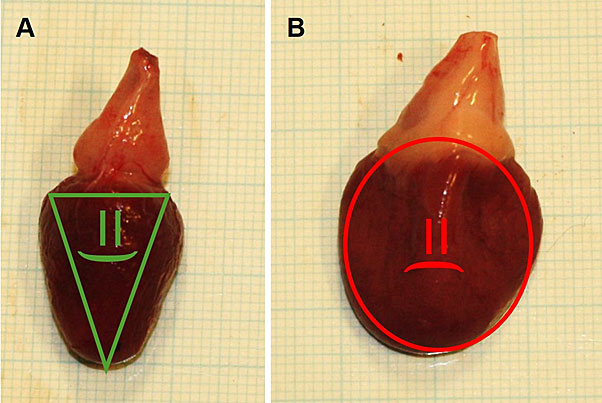Up to 20% of farmed salmonids die before reaching slaughter. This occurs during stressful situations such as delousing, deteriorating water quality, and transport. This is a serious welfare issue, and prevents a sustainable, ethical and economical growth of the Nordic aquaculture industry.
The causes of mortality are unknown, but new evidence suggest most fish die from heart failure, and ongoing projects in Norway and Sweden show convincing links between abnormal heart shape and other heart diseases with stress-induced mortality. There are likely many causes of heart disease development in farmed fish. As in humans, it may be linked to diet, physical activity and condition, and environmental stress. The DigiHeart project gathers researchers and industry partners form Norway, Sweden and the Faroe Island to develop technology and machine learning systems to continuously monitor operational and environmental conditions underlying heart disease and mortality in farmed salmonids. Here, we take advantage of the different production practices and prevalence of heart disease in the participating countries to analyze underlying causes. Thus, by identifying factors of heart disease and mortality, and develop tools to predict fish performance and reduce mortality, we will significantly improve the salmonid aquaculture industry.

Evaluating the ventricular morphology of farmed rainbow trout. (A) shows a healthy heart with a characteristic triangular shaped ventricle in and (B) shows a diseased enlarged heart with rounded ventricle. Photos by Albin Gräns.

